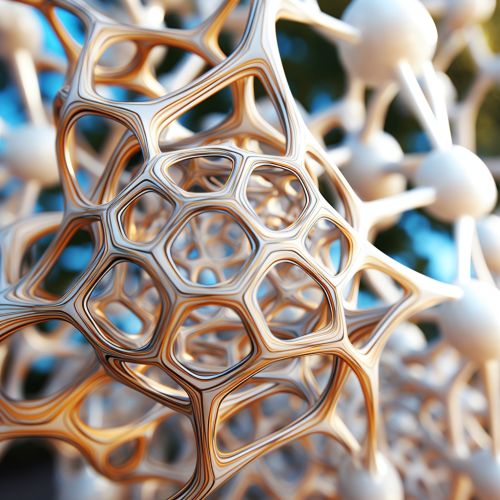Supramolecular Chemistry
Introduction
Supramolecular chemistry is a branch of chemistry that focuses on the study of systems composed of a discrete number of assembled molecular subunits or components. The term 'supramolecular' was first coined by Nobel laureate Jean-Marie Lehn, and is derived from the Greek word 'supra-', meaning 'beyond'. Supramolecular chemistry differs from traditional chemistry in the sense that it focuses not on the covalent bond, but on the weaker and reversible noncovalent interactions.


Noncovalent Interactions
Noncovalent interactions play a key role in supramolecular chemistry. These interactions include hydrogen bonding, metal coordination, hydrophobic forces, van der Waals forces, pi-pi interactions, and electrostatic effects. These forces are often weaker than covalent bonds, but they are crucial in the formation and stabilization of supramolecular structures.
Host-Guest Chemistry
A significant part of supramolecular chemistry involves host-guest chemistry, where two or more molecules/ions (the 'guests') bind inside another molecule (the 'host'). The host and guest are designed to be complementary in shape and charge, allowing them to bind together to form a larger complex. This concept is used extensively in the design of molecular machines and in the field of drug delivery.
Self-Assembly
Self-assembly is a process where a disordered system of pre-existing components forms an organized structure or pattern as a consequence of specific, local interactions among the components. This process is fundamental to supramolecular chemistry, as it allows for the creation of complex structures without the need for external guidance or manipulation.
Applications
Supramolecular chemistry has a wide range of applications in various fields such as biology, medicine, and materials science. In biology, it is used to study proteins and other large molecules. In medicine, it has potential applications in drug delivery and therapeutics. In materials science, it is used to develop new materials with novel properties.
